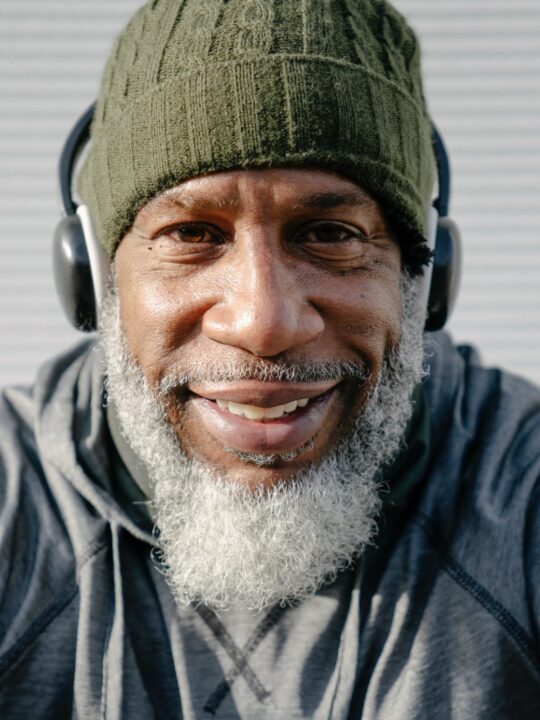Challenging lazy cultural thinking around the over 50s audience

Marketing relies on a simple core principle: understanding your audience. Without a clear picture of who your customers are, and how your audience can be divided, there is no way to finetune your campaigns, and target the desired demographics.
Considering this, there is a worrying disparity between the perceived demographic proportions of the UK, and the real numbers at play. It’s often the case that certain demographics and groups are disproportionately targeted, despite their being huge untapped potential in other neglected groups. The unspoken divider? Age.
38% of the UK population is aged 50 or over (ONS, 2022). This figure will rise to nearly 42% by 2034. This is a significant proportion of the population – so why are the over 50s seeing less and less ad content targeting them?
Young people have historically been used to spearhead marketing campaigns. After all, they are of course more likely to engage with technology, and are therefore reachable across a wider range of platforms and channels. But over time, this has led to an environment where over 50s seem to have almost been entirely excluded from marketing efforts, as if they exist in isolation from most marketing channels. This simply isn’t the case.
The over 50s represents a hugely diverse proportion of the population, with immense spending power. Over 50s are high up in the expendable income rankings, with overheads easing, mortgages paid off, inheritance landing and children leaving home. Over 50s have more money to spend on themselves, so with more time and money than other demographics, over 50s should surely be a key priority?
Maybe the problem here lies in the method of classification. Whilst the ‘young people’ audience is seen as infinitely diverse, engaged and malleable, let’s not forget that ‘over 50s’ is not one homogenous group, and it encompasses at least two generations. However, even this is a simplification. Prof Danae Manika, a marketing expert from Brunel University London, said: “Age as a concept is not enough for marketing segmentation techniques developed to meet mature consumers’ unique needs. We identify a range of attitudes and behaviours of mature consumers and extend the mature consumer definition to include biological, psychological and social dimensions, as well as life events and life circumstances, rather than biological age alone.”
There is huge opportunity in the over 50s, so why do brands believe they only need young people to reposition a brand, or achieve a cultural edge? If brands took the time to truly understand the over 50s demographic, rather than sectioning it off as an afterthought, the rewards will likely be immense. Another way of looking at this in terms of gender. Whilst older women are often featured in fashion and wellbeing ad content, older men seem to be entirely absent. Is this simplification entirely justified? We also see that content targeting over 50s is often dominated by healthcare and financial services, which doesn’t take into account the huge variety of interests and trends that are still very much of interest to this age group. We need to challenge lazy cultural thinking around the concept of age, and shed this idea of age as being a precise dichotomy between young and old. The reality is far more nuanced, with crossovers and trends overlapping between age groups more and more commonly.
Brands therefore need to ask themselves – what data am I basing my targeting on? Why is it that we are targeting young people, and seemingly neglecting the older generations? Is there supporting data? Or is it just because everyone else seems to be doing so? With a thorough understanding of the cross-generational behavioural patterns, brands can move beyond the lazy cultural thinking that’s holding them back, and tap into this massively under-considered opportunity.
For more information, contact Trinity McQueen today.

 Back to articles
Back to articles

